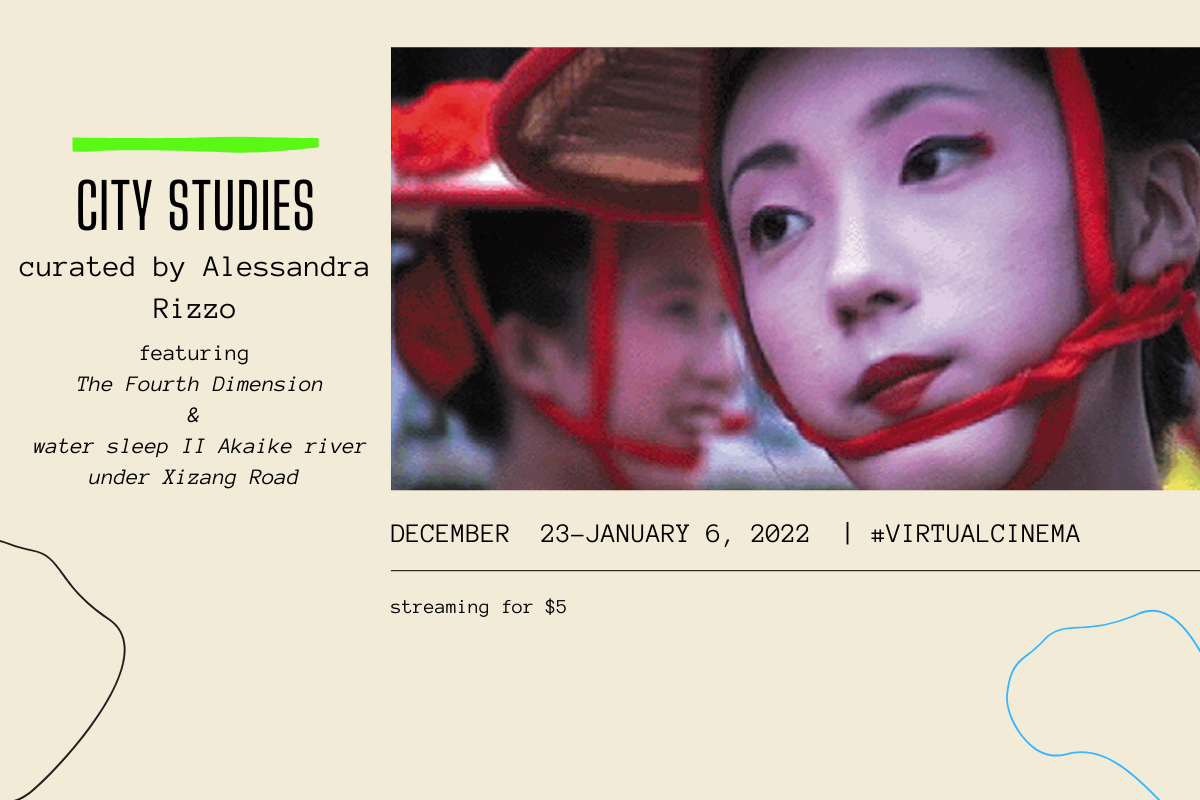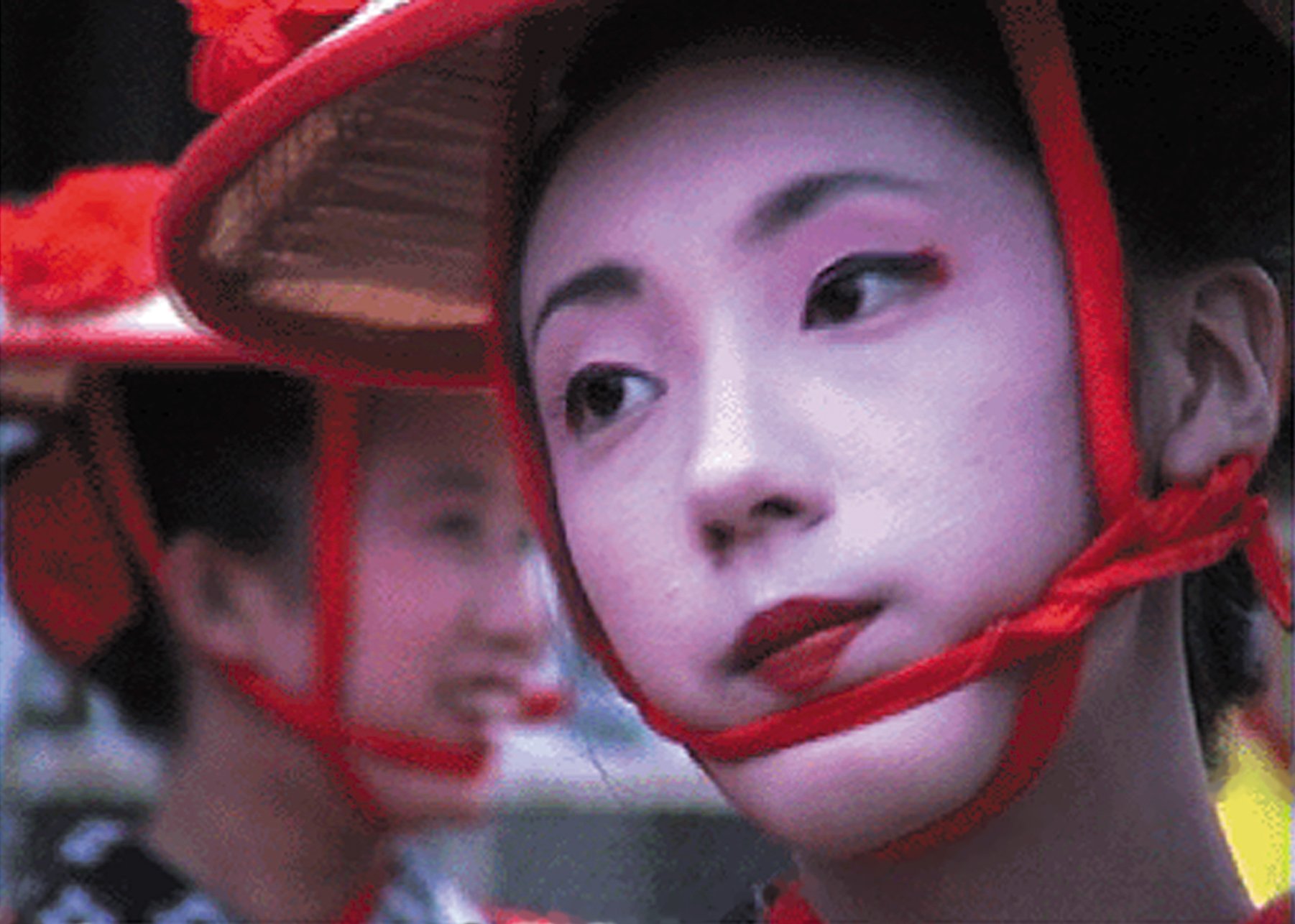The Fourth Dimension (Trinh T. Minh-ha, 2001, 87 min.) and water sleep II Akaike river under Xizang Road (Su Yu Hsin, 2019, 10 min.)
Curated by Summer 2021 MDC intern, Alessandra Rizzo.
City Studies presents two striking video essays, The Fourth Dimension (Trinh T. Minh-ha, 2001, 87 min.) and water sleep II Akaike river under Xizang Road (Su Yu Hsin, 2019, 10 min.) in which city landscapes visualize and map out broader observations about the societies they contain.
In the Japanese cities featured in Trinh T. Minh-ha’s The Fourth Dimension and the city of Taipei in Su Yu Hsin’s water sleep II Akaike river under Xizang Road , viewers are offered the opportunity to traverse expansive timelines. Through doing so, we come to understand how industrialization erases outmoded processes and sheds light on the past.
For both artists, observing these changes raises questions of time and perception. Trinh T. Min-ha documents her visit to Japan while reflecting on themes of tradition, belonging, and otherness. Su Yu Hsin, who scrutinizes colonial maps of her home country, reexamines what is “supposed” to be familiar. In both films, overlays, still frames, graphics, and other stylistic devices help to visualize what the lens alone cannot capture.
Films Include:
The Fourth Dimension
Trinh T. Minh-ha, 2001, 87 min.
In The Fourth Dimension, acclaimed filmmaker Trinh T. Min-ha meditates on ritual, the past and present, and the meaning of video. Documenting her trip to Japan, she becomes witness to ceremony, industrialization, and tradition. Her observations take the form of lush tranquil and dynamic imagery, making the multilayered video essay a rewarding visual and conceptual experience.
water sleep II Akaike river under Xizang Road
Su Yu Hsin, 2019, 10 min.
In her essay film, water sleep II Akaike river under Xizang Road (2019), artist Su Yu Hsin guides the viewer to a river forgotten by maps of colonial-era Taiwan. Through revisiting these maps, the film examines the process of map creation – who delineates them, what they look like, how they will be read, and how they will be shared. That which is invisible to the colonial gaze is made visible again, providing an alternate reading of history and replacing distorted portraits of Taipei with a more true city landscape.







